Chris Parkin explains the finer points of parallax - what it is and what causes it!
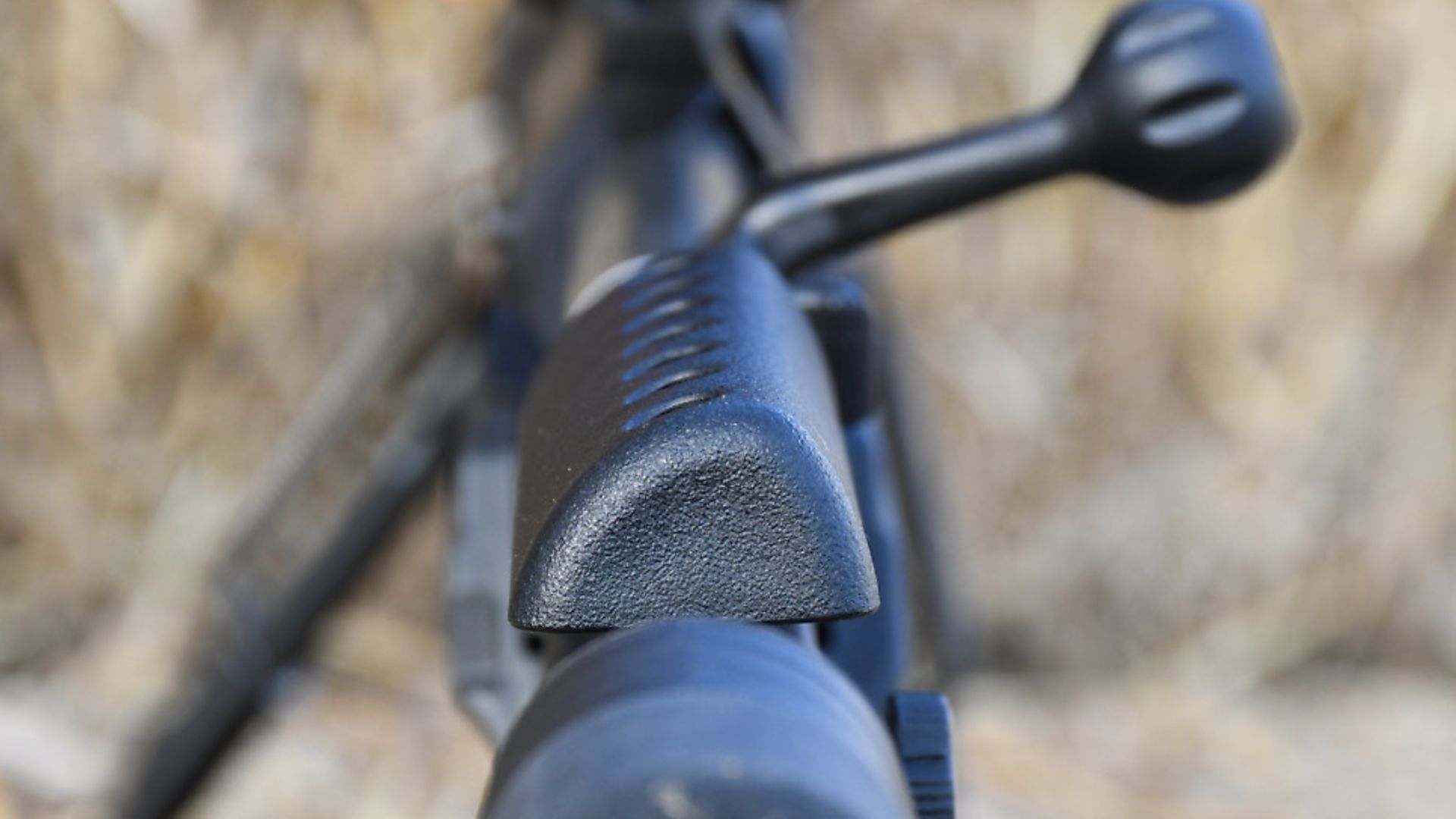 credit: Archant
credit: Archant
I am often asked whether the way that digital night vision presents the reticle is responsible for increasing parallax error in comparison to ‘normal’ optics – thereby making the importance of a decent, repeatable cheek weld even more important.
Part of the issue is due to some scope designs having large gaps between the scope centre and bore, as people can blame their scope for ‘zero wander’ when in fact it’s non-consistent cheek weld, lack of DOPE (ballistic data on your previous target engagements) and inaccurate range assessment that is the problem.
If we are talking digital night vision or thermal, there is, in fact, no parallax error possible as we know it in daylight optics for one simple reason: a camera in the front of the scope views an image on its sensor, which is displayed on the internal screen. The digitally added reticle is also positioned and displayed on this screen so there can be no relative movement of the reticle versus the image, full stop. Both are precisely on the same image plane.
This differs from a daylight optic where the image travells through the scope’s optics and reticle. Within the optic, there is therefore potential for relative movement if it’s not precisely focused at each end –objective and ocular must be focused precisely on exactly the same point within the tube.
The most simplistic way to think of this is using the view from your window. Say you can see 100m through that window to a tree and there is a small object, say a flower, close to the glass, on the inner windowsill. If you move side to side, the tree and object will appear to move relative to each other – that is a parallax error because the relative distance to each from your eye is different.
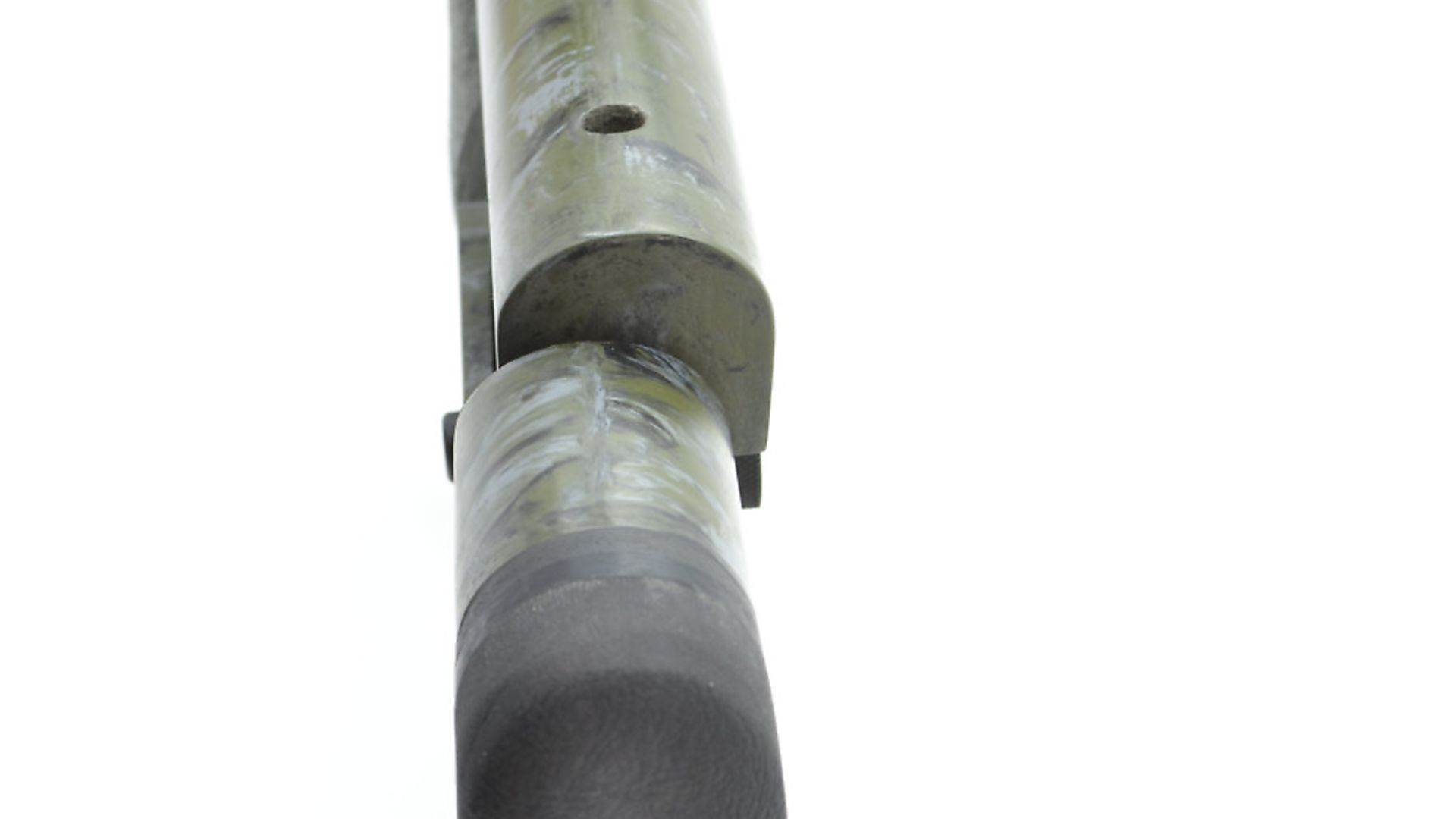 credit: Archant
credit: Archant
If there was a crosshair painted on the window representing the reticle, you now have three planes; parallax focuses the tree on the window from the front and, the fast focus eyepiece similarly focuses the eye to the ‘window pane’ from the back to remove all relative movement if your eye moves.
When you translate this to a rifle, even though the scope and rifle are stationary and the crosshair looks like it is on target, the reticle would move off target if a parallax error is present in the optic and your head moves. Flip that the other way and if your optic is not parallax free and your eye isn’t in the correct position, you are possibly going to move the rifle to ensure that crosshair is on target, when in fact you are now making the parallax error and the rifle is effectively pointing in a different place.
Now imagine looking at a TV screen with a picture of a tree on it and pressing the menu button or some other function that brings up a transparent icon (reticle) on the screen. Now move around and both the tree and menu display (reticle) stay absolutely stationary to each other. Well, that is your digital NV screen with no parallax possible. That’s not to say you don’t need to focus the image of the tree to make it clear, but do you see how there can be no relative movement when all images are presented on exactly the same plane?
It is, of course, important to focus the eyepiece lens for your eyes to suit the focal length of the internal screen, but that is no different to sitting a comfortable distance away from the TV (on the sofa). Going back to the first analogy of the tree through a window. Imagine the glass is the reticle, move the tree (theoretically) towards the window, and push the flower on the sill into the glass. Hey presto! Both are on the same image plane – that is dialling out the parallax and no relative movement.
Focus and parallax are easily confused and that is where a lot of digital NV sights show weakness. Although we are familiar with the ‘exit pupil’ being the broad, illuminated image without vignettes, the lenses on NV are not of the same optical quality we see on regular optics and it’s easy to see when the head/eye moves slightly as the whole exit pupil is still there and bright, but somewhat fuzzy.
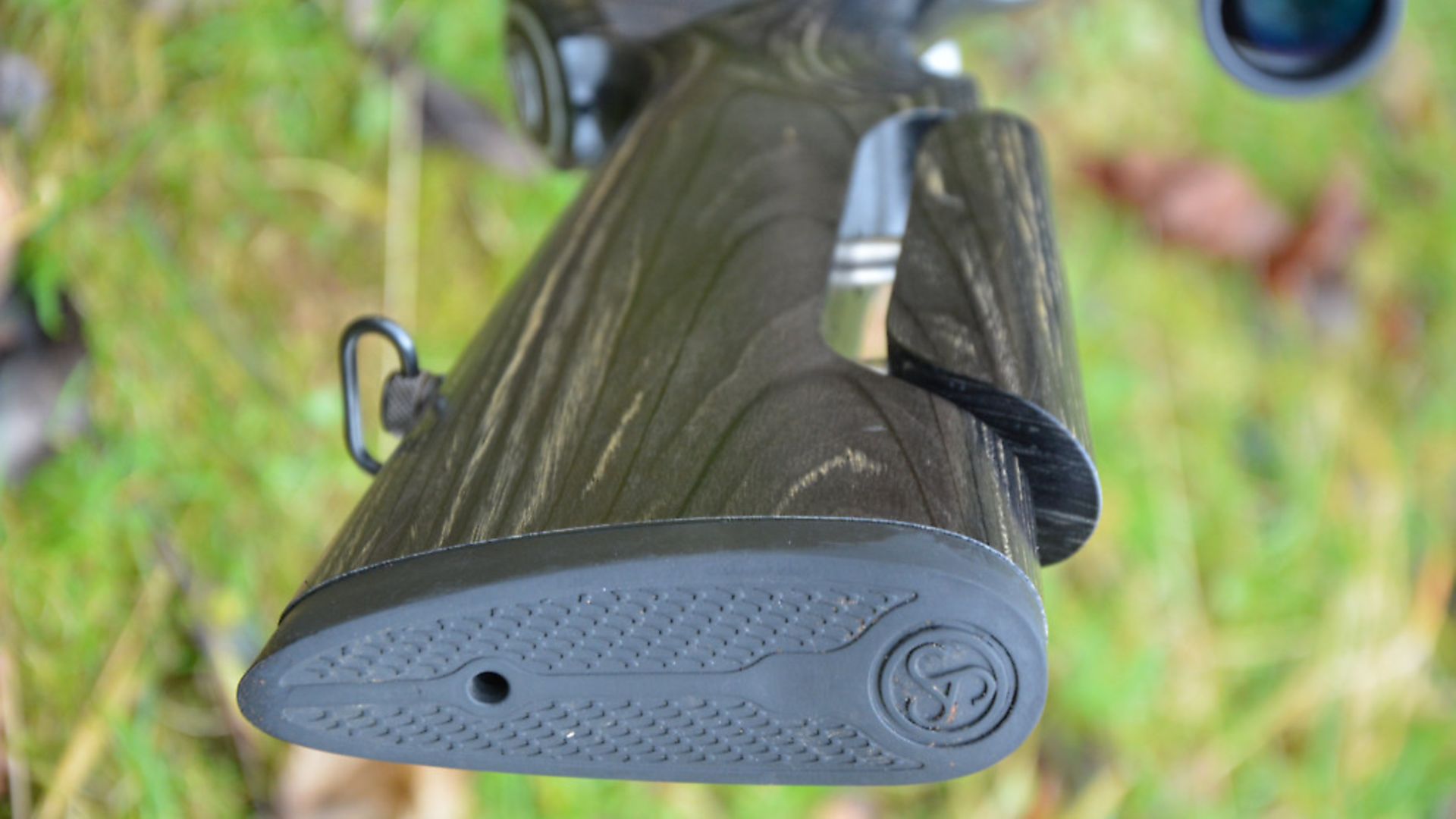 credit: Archant
credit: Archant
There is, in fact, a very unforgiving eye box allowing only fractionally small movement before the image looks fuzzy. Compare that with a riflescope with high magnification and a consequently small exit pupil; if you aren’t in the sweet spot, it’s easy to realise because the image is no longer round and shows black vignettes around the edges.
As night vision has evolved, and image quality, associated electronic capability and accessories have improved, it’s good to see how my own photo collection shows these improvements. They have allowed the formerly boxy kit standing high above any mounting system to descend in height and now, with 30mm maintubes, fit to conventional optics to suit rifles that have long been based around the concept. Although let’s not forget, some are still way better than others, with combs far more suited to iron sights than even a 40mm objective low-mounted riflescope!
I could go on and on, but think of this as the initiator for a discussion and have a look at the photos. I may not have the fullest of beards, but you will notice the difference in my head position as I have had to adapt and shoot many rifles, some of which have been modified, others of which are as delivered and some with flagpole head position to accommodate high-mounted digital optics as needs must.
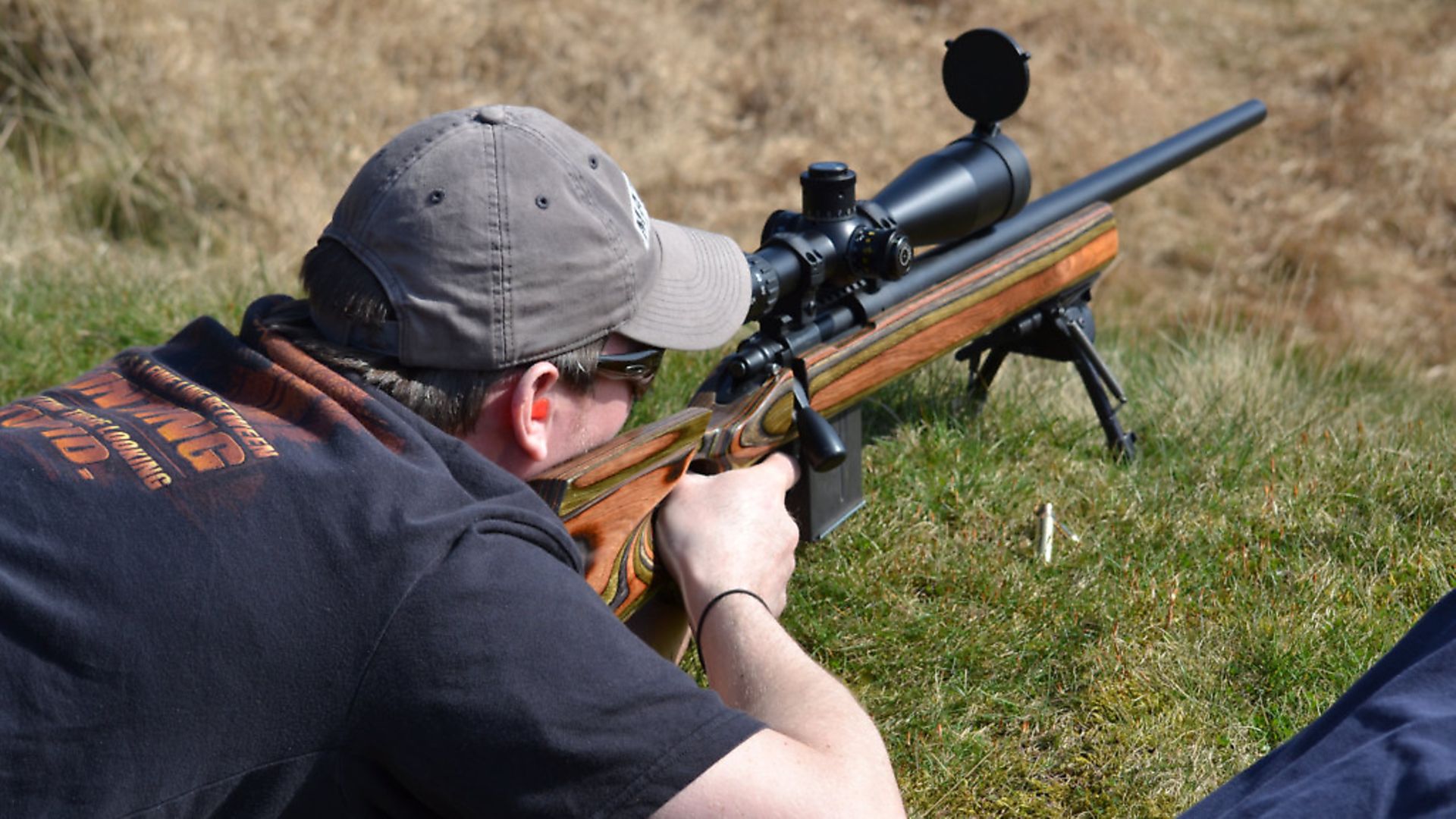 credit: Archant
credit: Archant
 credit: Archant
credit: Archant
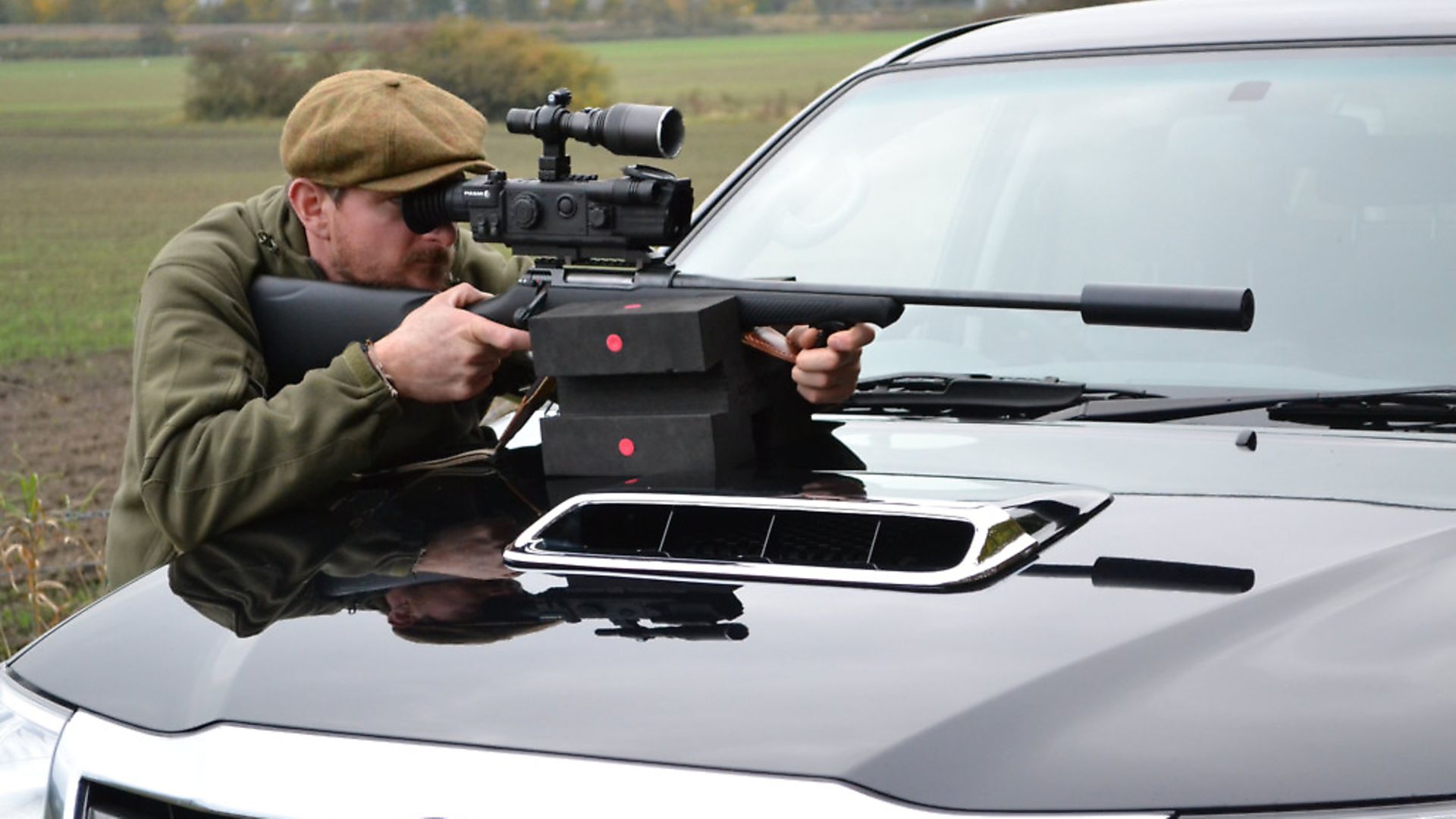 credit: Archant
credit: Archant
 credit: Archant
credit: Archant